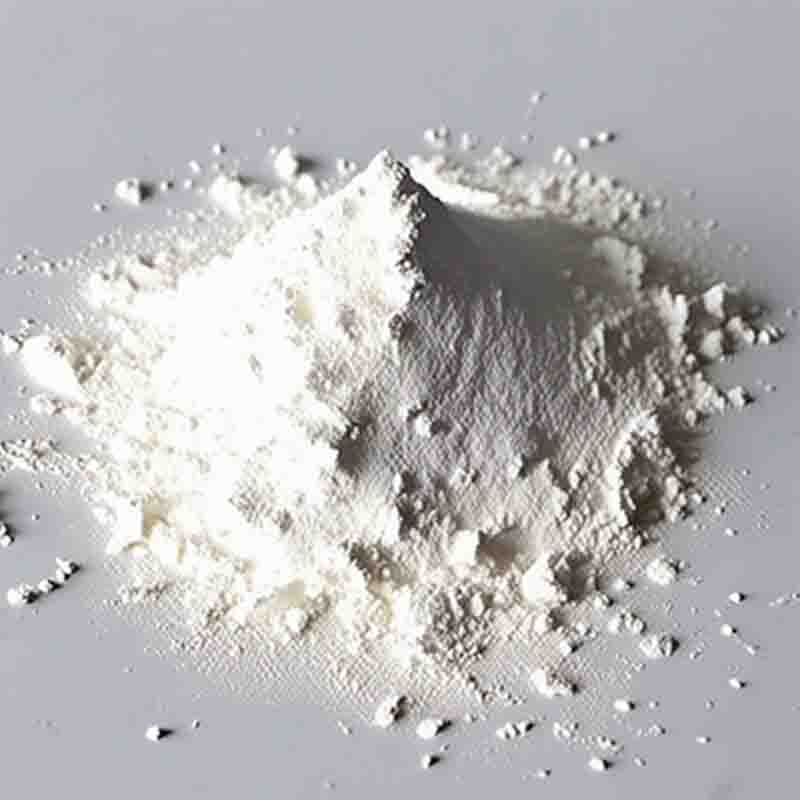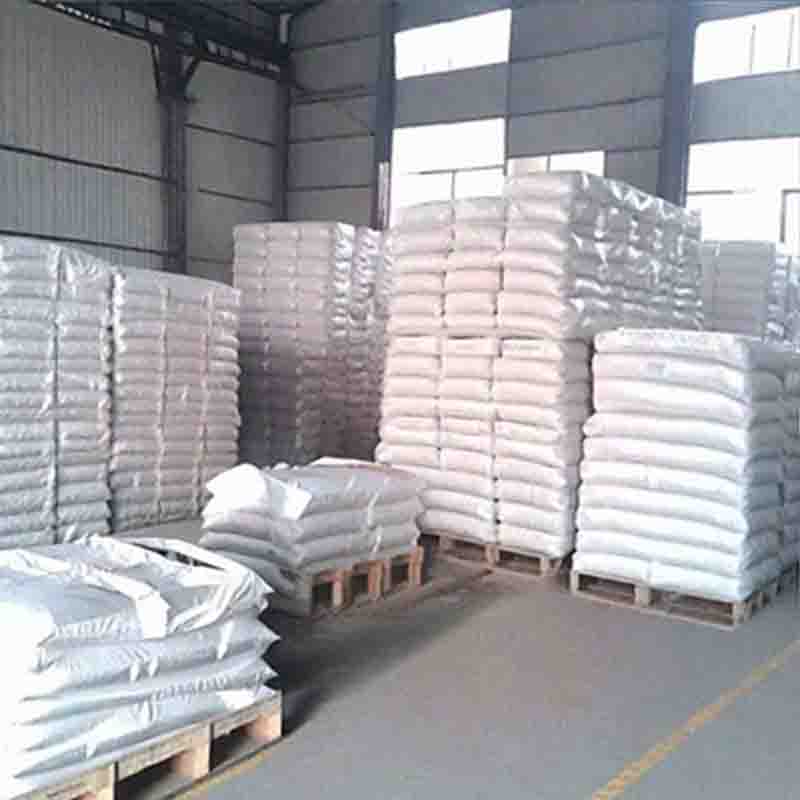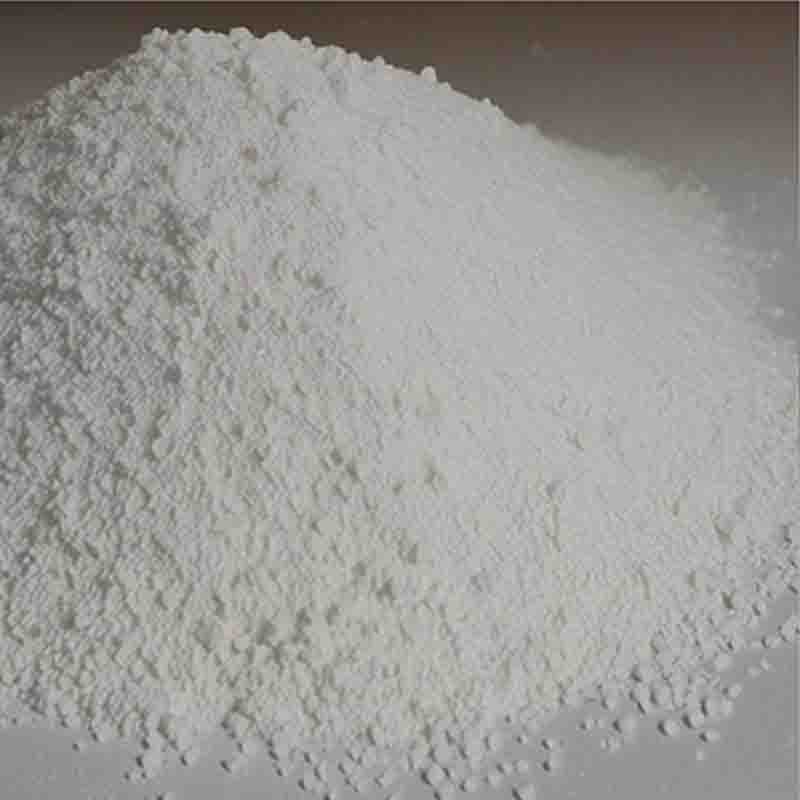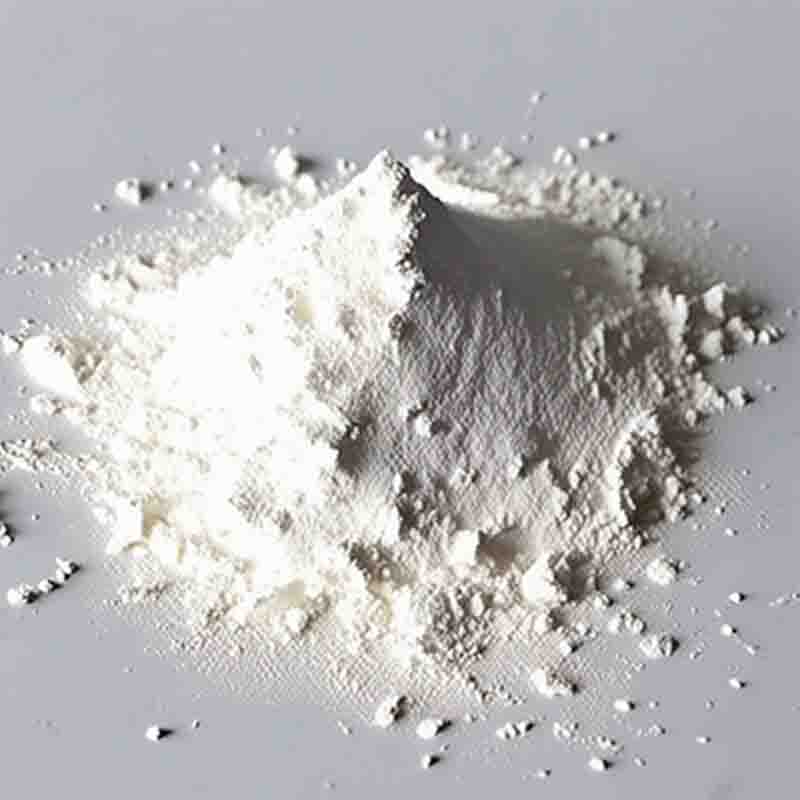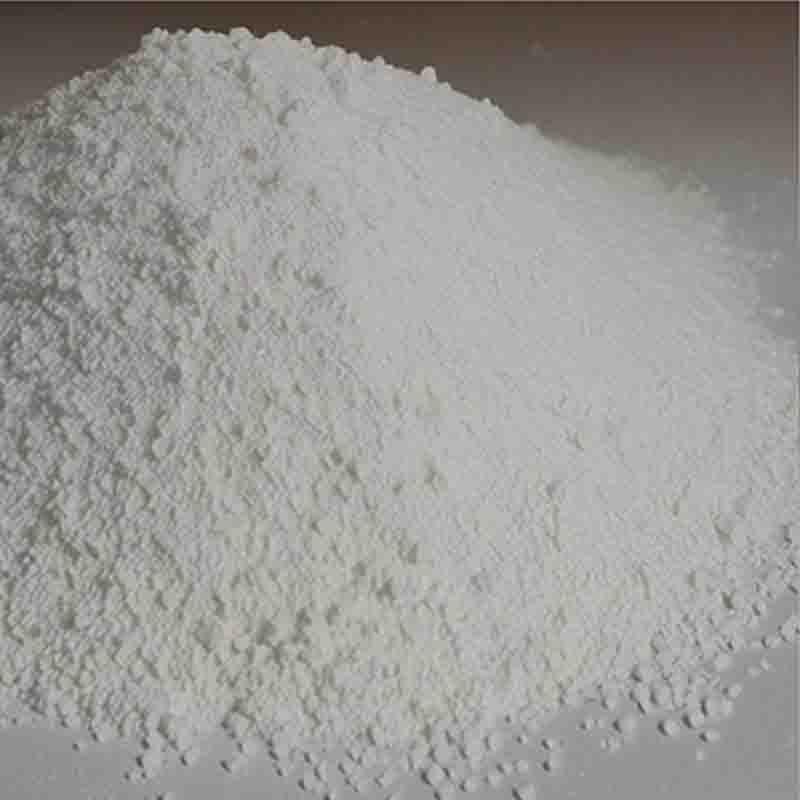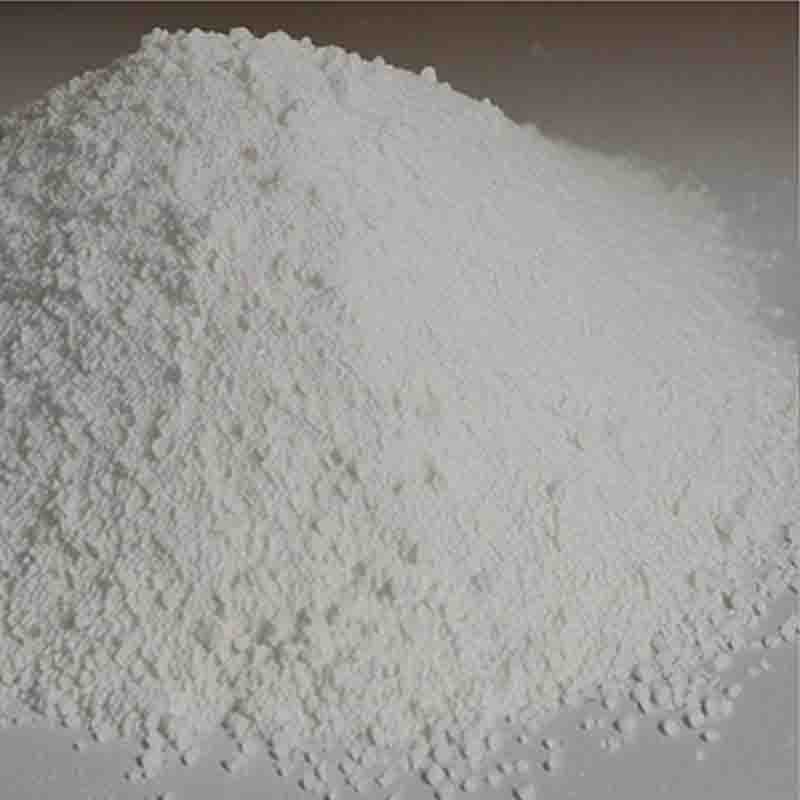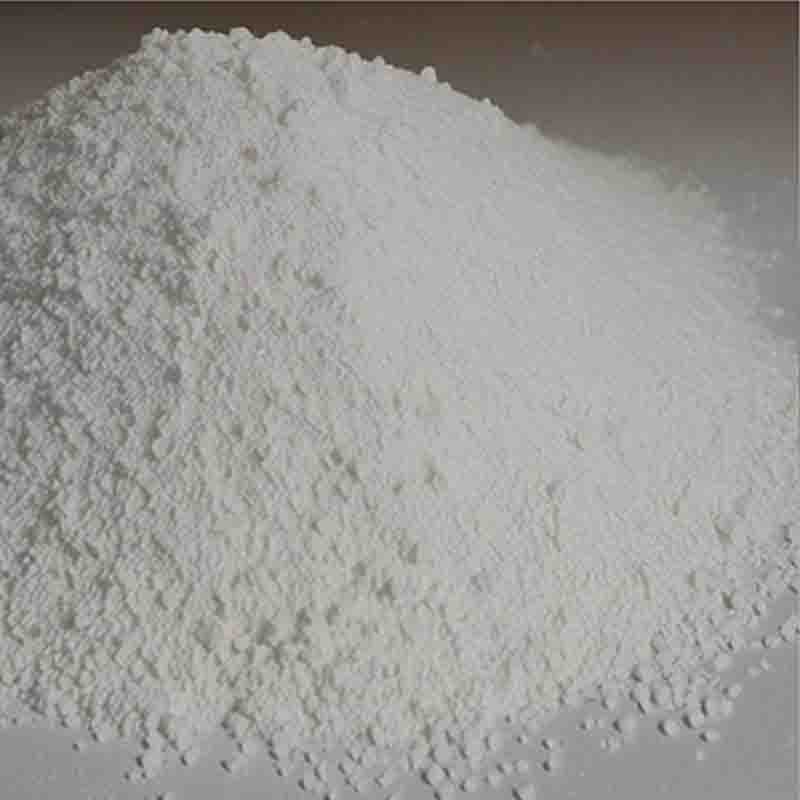Trimesicacid CAS: 554-95-0
| Catalog Number | XD94620 |
| Product Name | Trimesicacid |
| CAS | 554-95-0 |
| Molecular Formula | C13H13F17O3Si |
| Molecular Weight | 568.3 |
| Storage Details | Ambient |
Product Specification
| Appearance | White powder |
| Assay | 99% min |
Trimesic acid, also known as benzene-1,3,5-tricarboxylic acid, is a chemical compound with various applications in different industries. Here are some of its main uses:
1. Polymer synthesis: Trimesic acid is commonly used as a building block in the synthesis of polymers. It can be polymerized with other monomers to produce high-performance materials with desirable properties such as thermal stability, mechanical strength, and chemical resistance. These polymers find applications in industries such as automotive, aerospace, electronics, and construction.
2. Metal-organic frameworks (MOFs): Trimesic acid is a popular ligand in the synthesis of metal-organic frameworks, which are porous materials composed of metal ions or clusters linked by organic ligands. MOFs have a wide range of applications, including gas storage and separation, catalysis, drug delivery, and sensing.
3. Coordination chemistry: Trimesic acid can form coordination complexes with metal ions, leading to the formation of stable complexes with unique properties. These complexes find applications in areas such as catalysis, electrochemistry, and materials science.
4. Dye intermediates: Trimesic acid is used as an intermediate in the synthesis of dyes and pigments. It provides a versatile platform for the introduction of various functional groups, allowing for the production of a wide range of colors and properties.
5. Corrosion inhibitors: Trimesic acid and its derivatives have been studied for their potential as corrosion inhibitors. They can form a protective layer on metal surfaces, preventing corrosion and extending the lifespan of metal structures and equipment.
6. Pharmaceutical intermediates: Trimesic acid derivatives have shown potential as intermediates in the synthesis of pharmaceutical compounds. They can be modified to introduce specific functional groups or improve drug delivery properties, making them valuable in the pharmaceutical industry.
In summary, trimesic acid finds applications in polymer synthesis, metal-organic frameworks, coordination chemistry, dye intermediates, corrosion inhibitors, and pharmaceutical intermediates. Its versatility and ability to form stable complexes make it valuable in various industries, contributing to the development of innovative materials and technologies.


